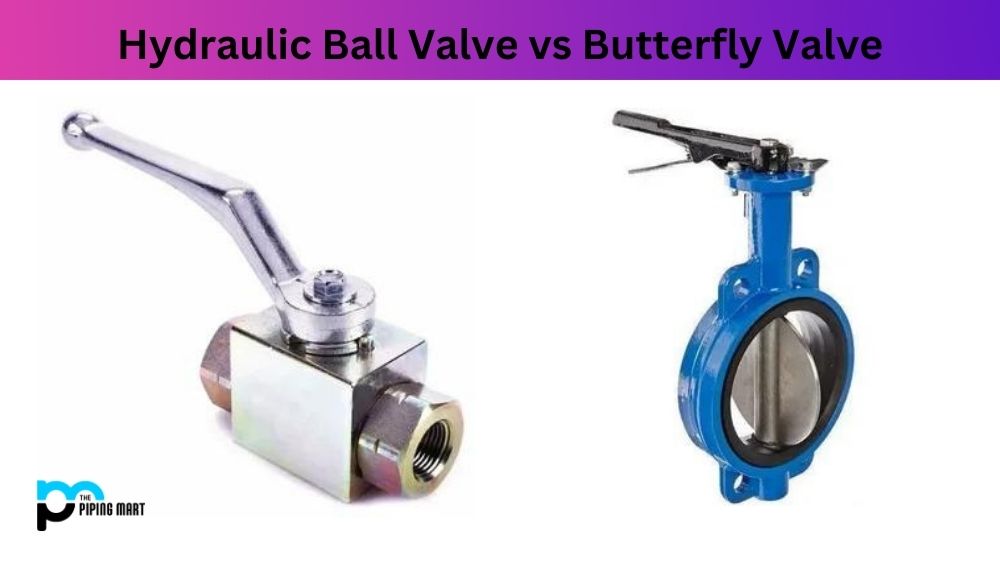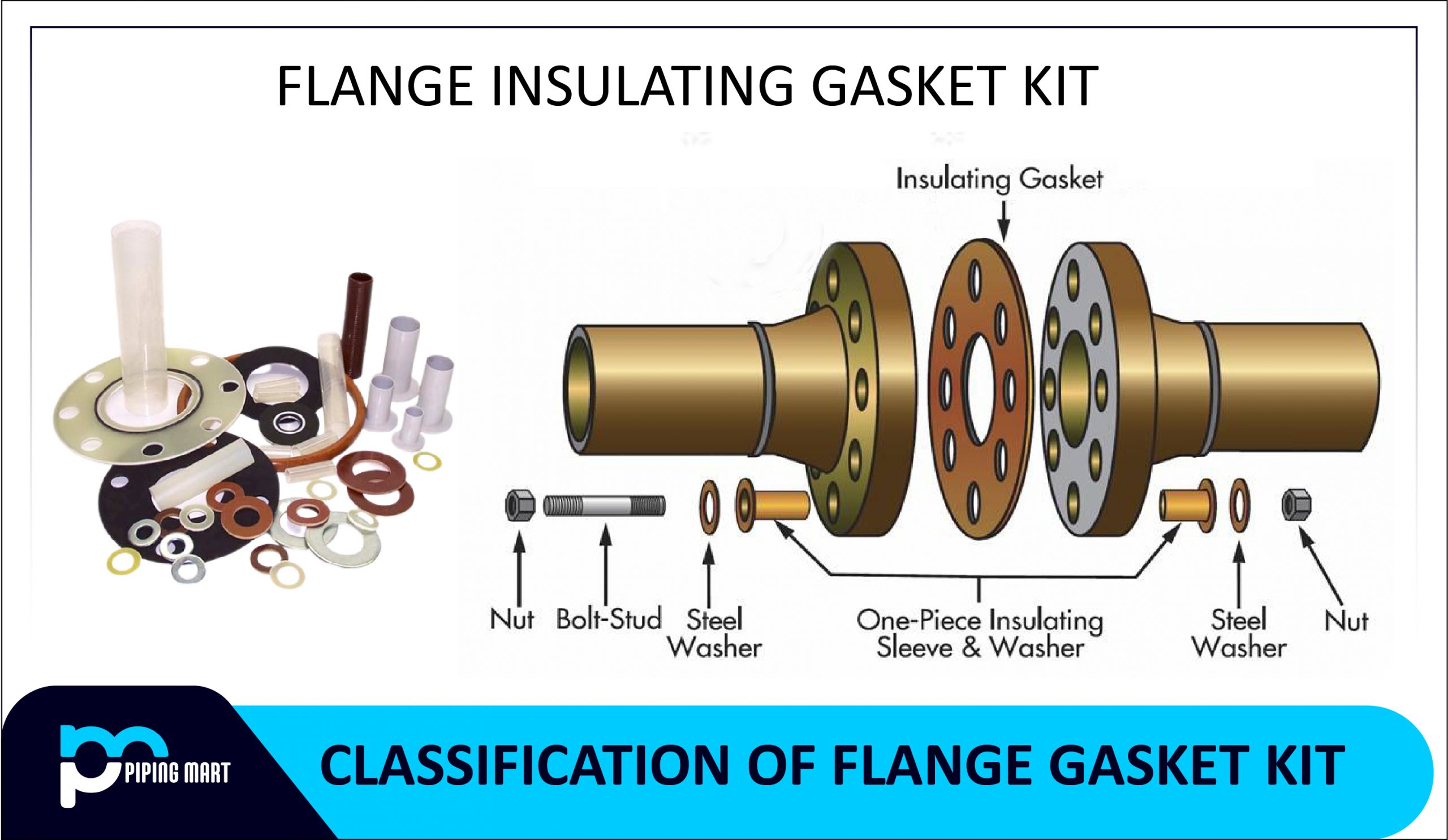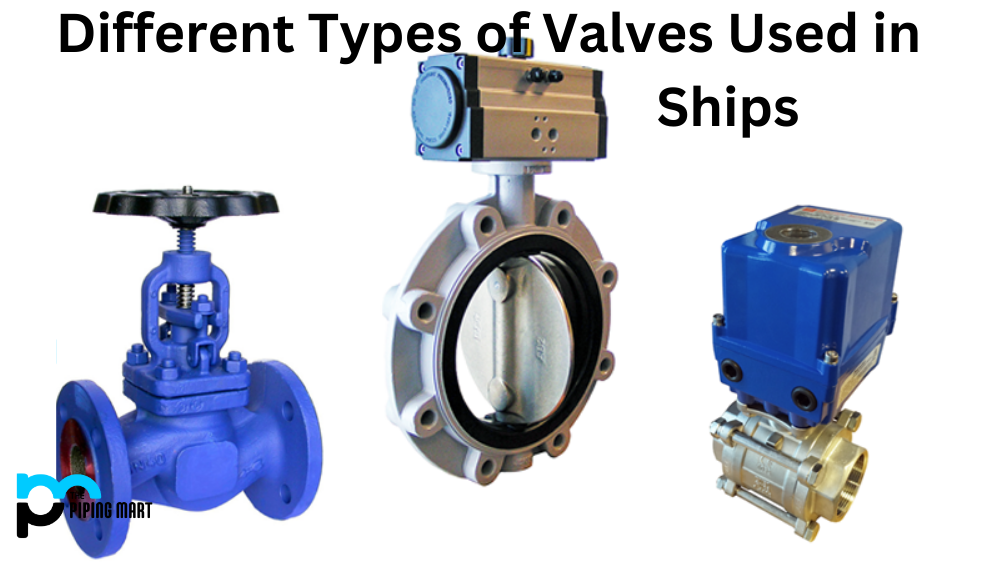When choosing the right valve for your hydraulic system, navigating the various types of valves on the market can be overwhelming. Many people ask about the difference between the hydraulic ball and butterfly valves. Although both work similarly, there are key differences between the two types of valves. In this blog post, we’ll dive into the ins and outs of hydraulic ball and butterfly valves so you can choose your hydraulic system.
What is Hydraulic Ball Valve?
A hydraulic ball valve is a special type of flow control device that uses pressurized fluid to actuate the movement of a sphere within the valve. This type of valve regulates the flow of liquids, gases, and slurries and can be operated manually or automatically. The ball shape also ensures full closure for complete shut-off when necessary.
What is Butterfly Valve?
A butterfly valve is a quarter-turn rotary motion valve used to control the flow of liquids and gases. It consists of a disc-shaped closure element, or “butterfly,” mounted on a rod, which various manual, electric, or pneumatic mechanisms may actuate. The butterfly is positioned in the centre of a pipe and seals against an O-ring seated in its body to regulate flow through the pipe. Butterfly valves are characterized by low-pressure drop across them when fully open and offer bi-directional sealing.
Difference Between Hydraulic Ball Valve and Butterfly Valve
Design:
One of the main differences between the hydraulic ball valve and the butterfly valve lies in their design. While the ball valve has a spherical ball that rotates inside the valve body, the butterfly valve has a disc that rotates in fluid flow. This difference in design means that the ball valve has a full bore that allows for the maximum fluid flow, while the butterfly valve has a reduced bore that can limit the flow rate.
Operation:
The hydraulic ball valve and the butterfly valve also differ in their operation. A ball valve uses a lever to rotate the ball inside the valve body, allowing the fluid to flow or stop. In contrast, the butterfly valve operates using a simple quarter-turn rotation of the disc to either open or close the valve. This simplicity of operation is one of the reasons butterfly valves are a popular choice for hydraulic systems.
Pressure:
Another key difference between the two types of valves is their pressure capabilities. Hydraulic ball valves can easily handle high-pressure hydraulic systems, making them a popular choice for high-pressure applications. On the other hand, butterfly valves are better suited for lower-pressure applications. The higher the pressure, the greater the chance of the disc flexing or distorting under pressure.
Maintenance:
When it comes to maintenance, both hydraulic ball valves and butterfly valves require regular upkeep. However, the two types of valves differ in the level of maintenance required. Ball valves come with additional sealing components, requiring more frequent maintenance to ensure no leaks or failures. On the other hand, butterfly valves require less maintenance, making them a popular choice for industrial applications where maintaining valves can be challenging.
Cost:
Cost is always a consideration when choosing the right valve for your hydraulic system. While the hydraulic ball and butterfly valves are relatively affordable, there are differences in cost to consider. Butterfly valves are less expensive than ball valves, making them a more attractive option for companies with large hydraulic systems.
Conclusion:
In summary, when choosing between hydraulic ball valves and butterfly valves, there are several differences to consider. The design of each valve, how they operate, their pressure capabilities, the maintenance required, and the cost play important roles in the decision-making process. Ultimately, the right valve for your hydraulic system will depend on your specific requirements and budget. By understanding the differences between these two types of valves, you’ll be better equipped to make an informed decision and keep your hydraulic system running smoothly for years to come.

Abhishek is a seasoned blogger and industry expert, sharing his insights and knowledge on various topics. With his research, Abhishek offers valuable insights and tips for professionals and enthusiasts. Follow him for expert advice on the latest trends and developments in the metal industry.




